Gardening Q&A
-
September/October 2022 California Bountiful magazine
As a California Bountiful reader, you have the opportunity to get your seasonal gardening questions answered by gardening expert Pat Rubin. Here are a few questions from our readers.
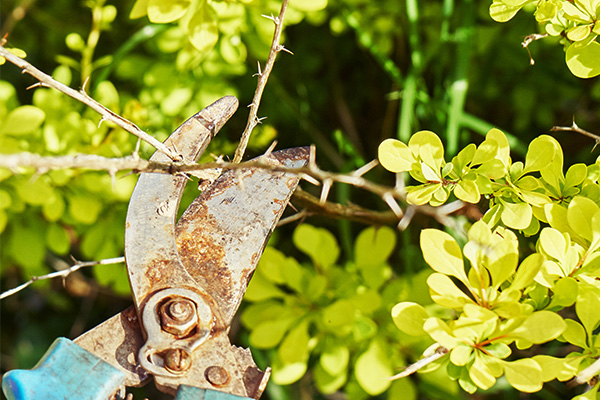
I want to trim all the shrubs in my garden. Any hints?
First, don’t trim any that bloom in the spring (like forsythia). If you prune them now, you’ll be cutting off next spring’s flowers. Otherwise, the first thing to do is trim away any dead branches. Next, trim branches that cross or are rubbing against each other. Finally, prune for looks: Don’t butcher the shrub by simply cutting wherever your clippers land. Cut limbs or branches back to a main stem, or where they will branch out and get bushier. When you are done, it should look like no one was ever there; it should look as though the plant grew that way naturally.
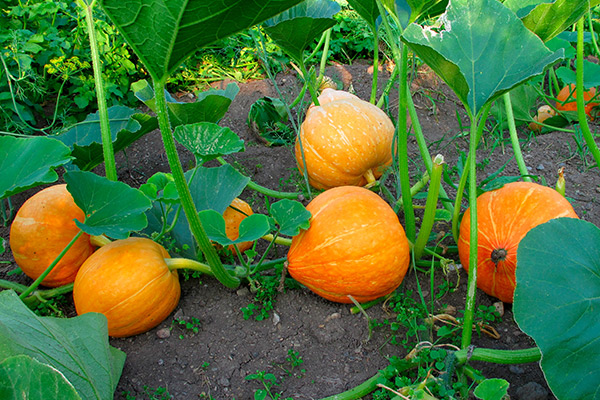
How do I know if my pumpkins are ripe enough to pick?
Pumpkins can stay on the vine quite a long time, even after they turn orange (or white, or whatever color they are supposed to be), but they should be fully colored before picking. The skin should be hard. If you can easily pierce the skin with your fingernail, the pumpkin isn’t ripe enough to pick. Thump or slap the pumpkin. It should make a hollow sound. Pick them too soon, and they won’t last the season.
-
July/August 2022 California Bountiful magazine
As a California Bountiful reader, you have the opportunity to get your seasonal gardening questions answered by gardening expert Pat Rubin. Here are a few questions from our readers.

Everyone tells me to use mulch and add compost. What's the big deal with that?
It's the absolute best advice you can get and the best thing to do for your garden. Compost will add nutrients to your soil so your plants grow better, produce more and are resistant to disease and insects. Mulch will protect your soil. It conserves water, discourages weeds from growing and gives the garden a tidy appearance.
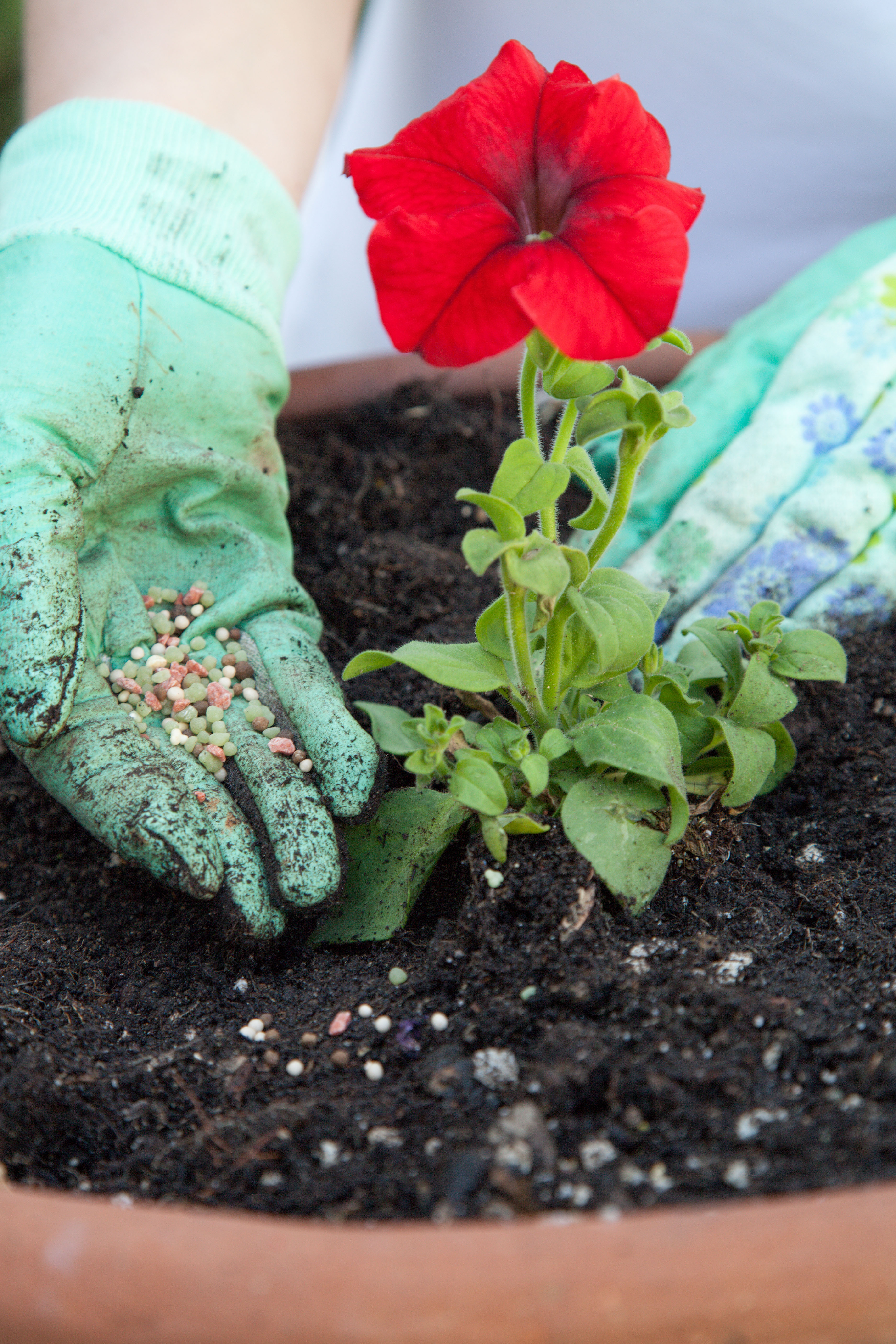
Should I fertilize my garden in August?
It depends on what plants you want to fertilize. If it's your summer vegetables and flowers, then I'd say go ahead. If it's the shrubs and trees in the garden, I would recommend against it. The growing season is coming to an end, and fall and winter are fast approaching with low temperatures and possible frosts. Fertilizing encourages new growth and winter chills can damage that growth. If you feel you need to fertilize, I would use a weaker solution than the directions recommend. Some plants, like citrus, especially if grown in pots, need fertilizer most of the year. Look at the label on your fertilizer package.
-
May/June 2022 California Bountiful magazine
As a California Bountiful reader, you have the opportunity to get your seasonal gardening questions answered by gardening expert Pat Rubin. Here are a few questions from our readers.
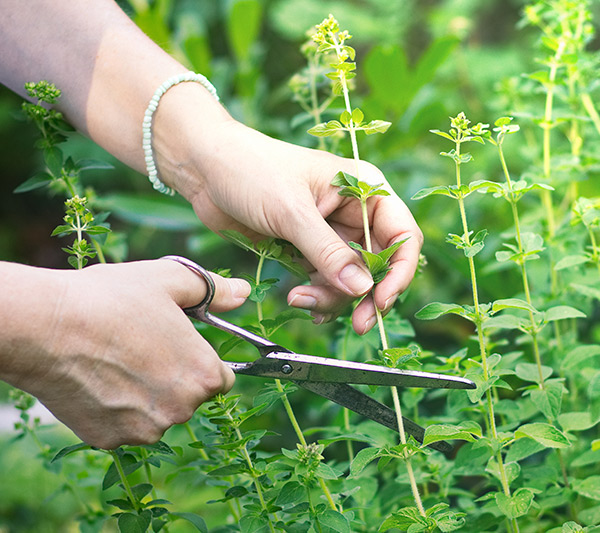
When is the best time to harvest my oregano and rosemary?
First, grow them with as little water as possible. This gives the leaves a stronger fragrance and flavor. Harvest them just before the plants bloom. The best time to pick the leaves is in the morning. You can strip the leaves from the stems and put them in a paper bag, or dry the entire stem of leaves. It's best to dry them in a cool, dark place. Once the leaves are dry, put them in an airtight container. Don't crush the leaves until you are ready to use them. They'll retain their flavor better this way. Label the jar with the type of herb and also the date.
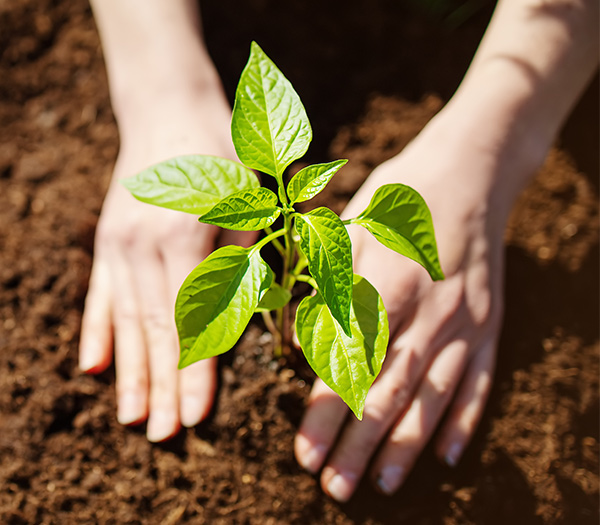
I didn't get my vegetable garden started last April. Is it too late?
Absolutely not. You might want to buy starter plants instead of planting from seed to get a quicker start, but it's really not too late to start things like cucumbers, squash, beans, carrots or beets from seed. Most melons and pumpkins need a long growing season, so buy starter plants from the nursery. It's also not too late to get another crop of radishes or salad greens.

